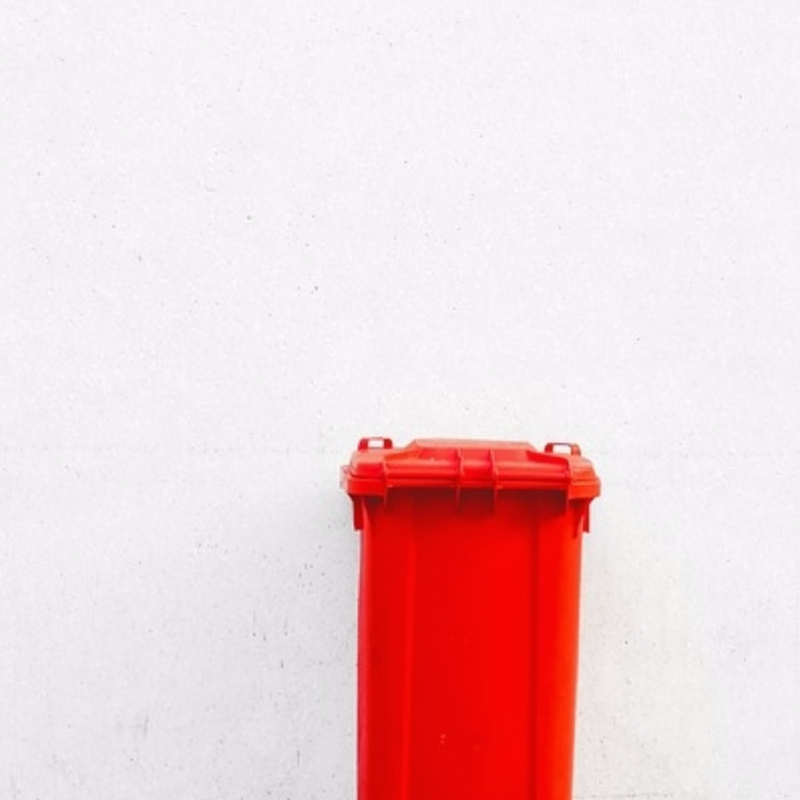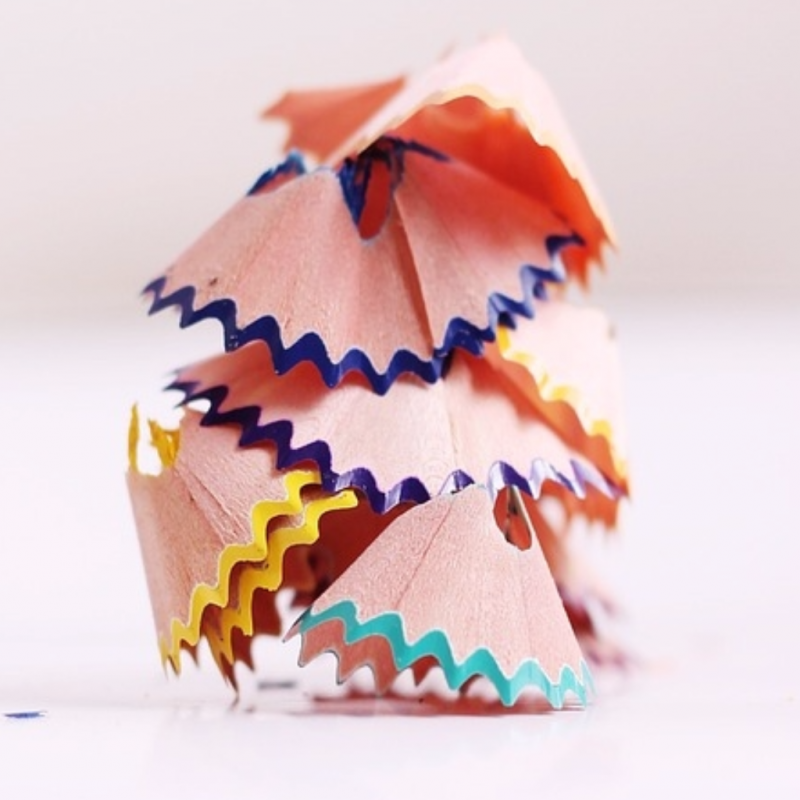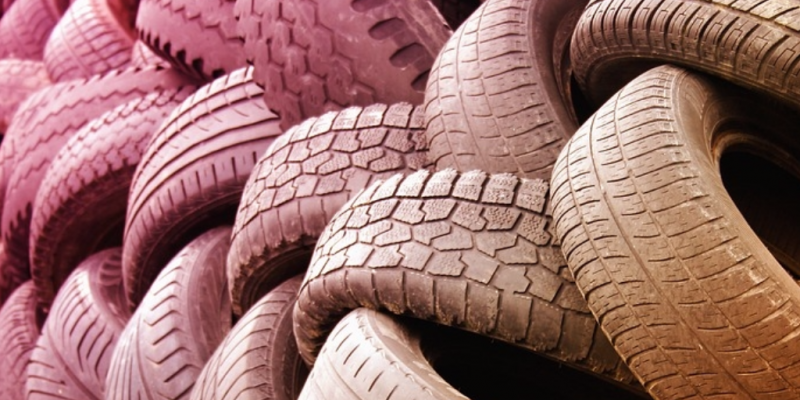
What Is Zero Waste Fashion Design All About?
Before our Green is The New Black: Eco Sewing & Fashion event in collaboration with Building BloQs, I wanted to go deeper behind the concept of Zero Waste, to showcase just why we should all be working towards a Zero Waste lifestyle.
Zero Waste Workshop
with Franki Campbell, Eve Tokens & Josie Warden
Book Here
What Is Zero Waste?
Zero Waste simply means a product or process that eliminates waste materials. The term can be applied to many different industries, and can even encompass a "way of life". Within the fashion industry, a zero waste garment is systematically designed to avoid and eliminate wasting materials so that no textiles are disposed of.
Just like the theory behind "circular economy", the concept of zero waste is one where everything is re-used and nothing is discarded. It is the antithesis of the “build, buy, bury” model - a one way ticket from raw material to factory, to user, then landfill. The circular economy has the potential to completely transform the way in which businesses operate, and resource-intensive industries like fashion are at the heart of the debate.

Why Zero Waste Fashion Design?
Waste is a major contributor to global warming. Solid waste landfills are the single largest man-made source of methane gas in the United States. Methane is a powerful greenhouse gas that is 23 times more effective at trapping heat in the atmosphere than the most prevalent greenhouse gas—carbon dioxide. For me, Zero Waste is all about addressing waste as a primary root cause of global warming. A zero waste strategy supports all three of the generally accepted goals of sustainability - economic well-being, environmental protection and social well-being.

Why Is Global Warming Bad?
- Places that usually get lots of rain and snowfall will get hotter and drier affecting surrounding vegetation and wildlife.
- Lakes and rivers will dry up, causing devastation for surrounding habitation, animals and communities that rely on the water source for food and income.
- More droughts makes growing crops more difficult, resulting in global food shortages.
- Less water would be available for drinking and cleaning.
- Plants and animals will become extinct because of the heat not just on land, but in the oceans, as animals are unable to survive the drastic changes in temperature.
- Hurricanes, tornadoes and other storms which are caused by changes in heat and water evaporation will become more common.
- Water expands when it's heated and oceans absorb more heat than land, so sea levels will rise. Sea levels would further rise due to the melting of the glaciers and sea ice. This would clearly reduce the amount of land available in the world, but more importantly would cause mass flooding of cities on coasts.

It's Not Just About Global Warming
Not only does working in a zero-waste way stop waste from heading to landfill and therefore have a positive impact on global warming, but it also eliminates any toxic particles discharging to the surrounding land, water and air. But there are many more benefits of preventing waste than just supporting sustainability:
- Fewer raw materials: Quite simply, a zero waste strategy needs far fewer new raw materials reducing resources, and saving expenses.
- Saving money: As well as requiring fewer raw materials, since waste is a sign of inefficiency the reduction of waste can reduce costs.
- Faster Progress: A zero waste strategy improves production processes.
In garment manufacture, the processes from raw material to supply contributes around one-third of the waste footprint, three-quarters of the carbon impact and most of the water footprint. While opportunities to reduce these impacts may be restricted as retailers have limited influence over global manufacturers and suppliers, there is some potential to encourage suppliers to adopt more sustainable and efficient processes. And designing garments with this zero waste method in mind, is a huge step forward.

The Facts Are Shocking:
As the second most polluting industry, fashion has an immense impact on the environment and on the millions of people who work in it. Our world is facing serious environmental change, affecting all life on the planet.
- According to the UN if the fashion industry does not change its tactics, by 2030 clean water will no longer be a reachable resource for half the world’s population.
- Americans still throw away 13 million tons of textiles — about 85 percent of their clothes — each year, accounting for 9 percent of total non-recycled waste.
- Over the past 10 years, clothing has been the fastest growing waste stream in the UK.
- Britons are expected to get rid of 680m pieces of clothing as they spring-clean their wardrobes this year, with a staggering 235m of the garments expected to end up in landfill. Consumers will dispose of an average of 19 items, with seven going straight in the bin!
Fashion is not just about the latest 'it' bag, but holds tremendous capacity to spark change that can influence the lives of millions and have a monumental effect on our planet.
We shouldn't feel helpless but empowered to educate, inform and act to tailor make the future of the industry we want to see. In this practical workshop we hope to offer you the tools you need to decide how you can start to implement best practices within your work to add value to people and spaces. We want you to leave feeling inspired to think about how designing strategically, re-using, recycling and repairing can become relevant to your lives.
Book Here
If you enjoyed reading this post and found the information and links in it useful please sign up for our newsletter! We will let you known about discounts and deals on our fabrics, news of future events, masterclasses, and of course any exciting new blog posts.
